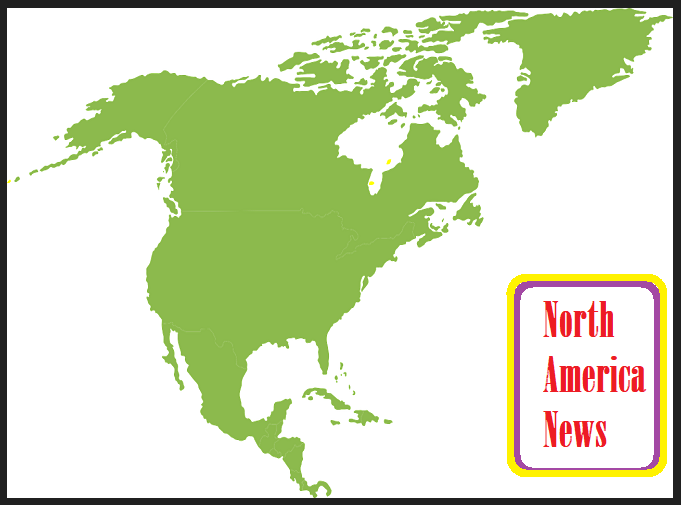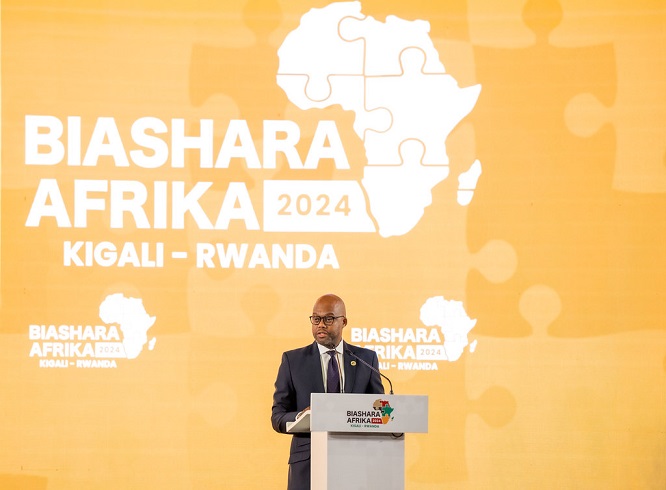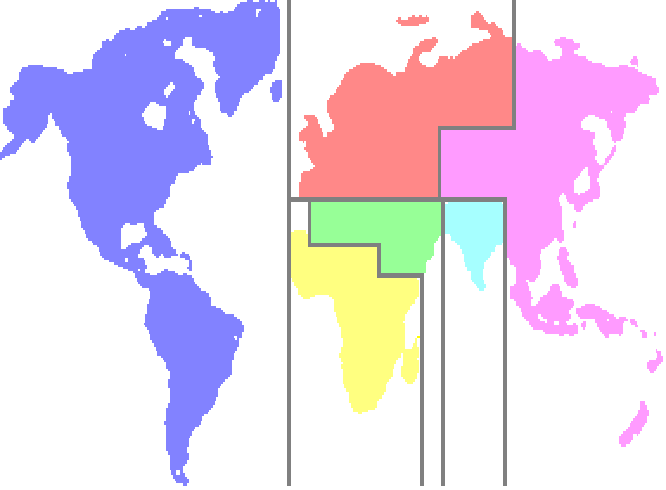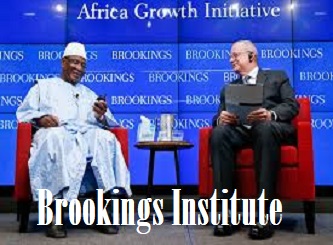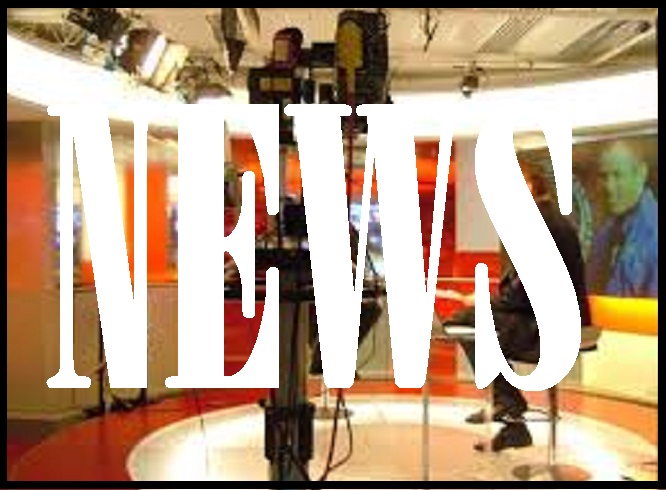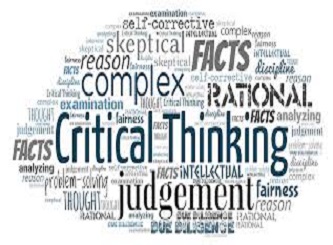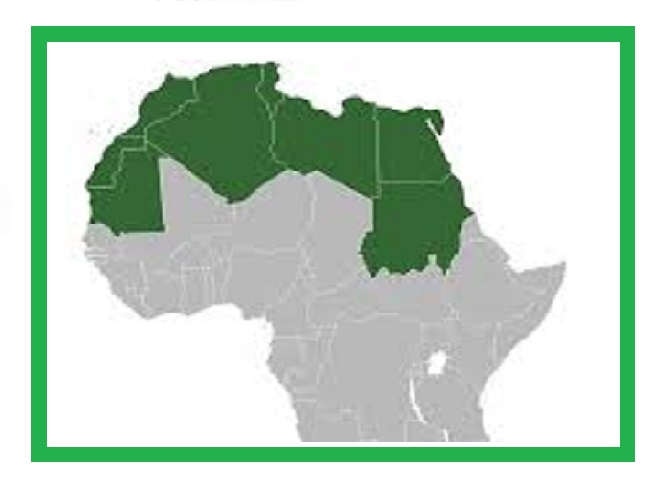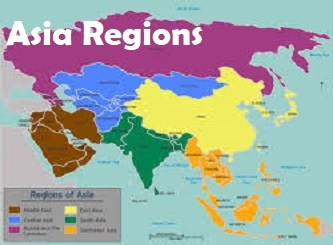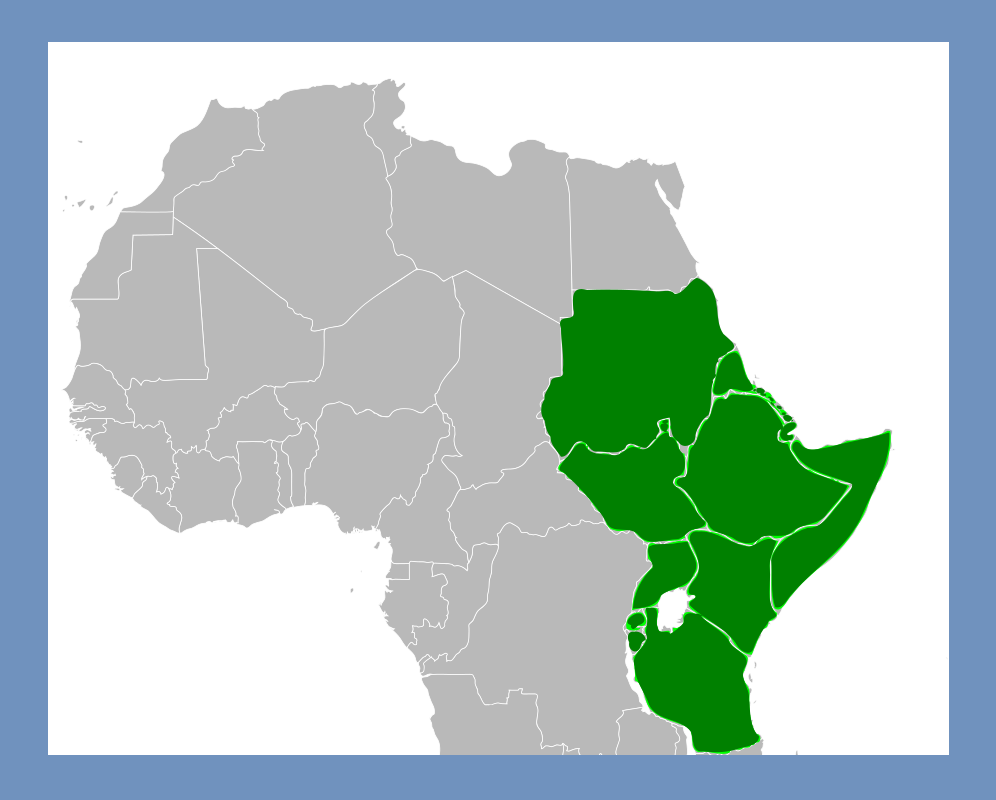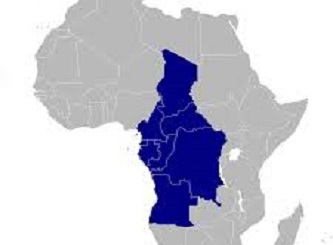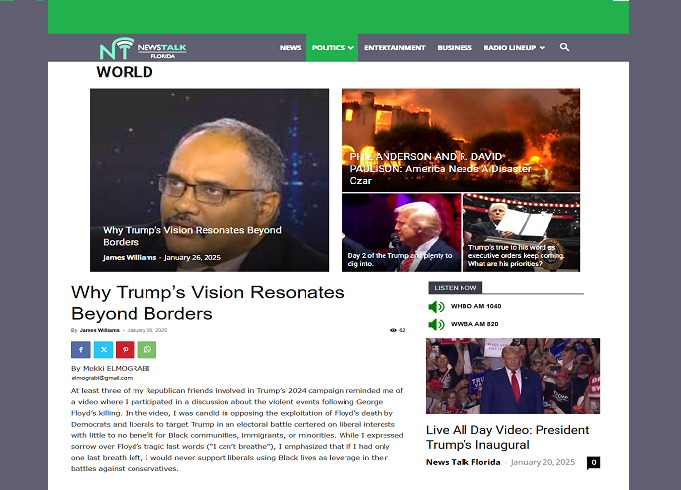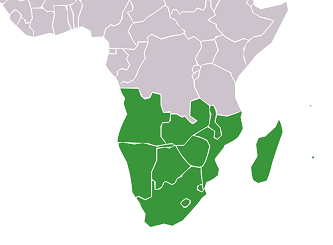America Caught in Ambiguity: Drones Above, Shadows Below—Who Truly Rules the Nation?


By Mekki ELMOGRABI
At the outset, I sincerely hope the mystery of the unidentified drones will be resolved, and I pray to Allah the Only One God that U.S. security and military agencies will successfully uncover the truth and protect the American people, who deserve safety and well-being. The American people are among the most generous when it comes to humanitarian aid, and the support the American people provides to Africa is greatly appreciated, I say that despite my ongoing criticism of American administrations and U.S. foreign policy.
During Biden’s presidency, a frequently raised and controversial question has been: “Who really rules America?” This question reflects a crisis of trust among a significant portion of Americans regarding the current leadership. Many feel that the visible administration, including the President, serves merely as a front for unseen forces pulling the strings from behind the scenes. The alarming reality is that no one has offered a sufficient answer to this critical question, which is arguably far more consequential than the question of “Who is launching the mysterious drones?” Determining who controls the United States has far-reaching implications for both domestic stability and America’s global position. In short, the ambiguity of the drones may stem from an even greater ambiguity about power itself.
According to several political analysts, there is a strong possibility that the mysterious drones are being launched from within the United States itself. The large size and technical precision of these objects suggest that they may be entering the country in smaller parts and assembled domestically. This raises the hypothesis that an American faction is connected to this issue. But for what purpose? Logically, such a party would benefit from the confusion caused by these drones and may be seeking to leverage the situation to influence decisions or create chaos ahead of a potential presidential term for Donald Trump.
It is highly unlikely that Trump or his supporters are behind this matter. Trump’s supporters are currently experiencing what can be described as a “golden victory,” standing on the brink of a political comeback. They are determined to operate within legal boundaries, especially after years of investigations and legal scrutiny. It is not in their interest to stir chaos or invite new allegations that could be used against them. Therefore, it is reasonable to assume that some—but not all—of Trump’s adversaries might be exploiting the current state of confusion, possibly planning to disrupt or delay the peaceful transition to a new Trump administration.
For his part, President Biden appears committed to a peaceful transition of power. Vice President Kamala Harris, prominent Democratic leaders, are public figures unlikely to be involved in such activities. Thus, the focus should shift to those who stand to lose the most from Trump’s return and who may fear the transformative impact of his domestic and foreign policies.
However, the possibility of an external actor benefiting from this situation cannot be ignored. The advanced technology used in these drones suggests foreign involvement that cannot be dismissed. Here arises the theory of an alliance between multiple international actors. In today’s increasingly multipolar world, intelligence agencies from two or three nations could collaborate to achieve shared objectives, especially given the complexities of modern geopolitics.
For instance, Russia—long opposed to a strong and unified America—stands out as a potential player, given its broad rivalry with the United States. Similarly, China, facing mounting U.S. economic and geopolitical pressure, might also benefit from prolonged internal fragility in the U.S. Meanwhile, Iran and North Korea have clear motivations to target U.S. national security through direct or indirect operations.
Notably, voices within America’s far-right conservative movement reject any form of foreign interference in U.S. affairs, including from allies such as Europe and Israel. If evidence of external involvement emerges, these groups would push for a forceful response, potentially altering global alliances in significant ways.
In the end, this unfolding scenario brings us back to a fundamental point: the mysterious drones appear to be part of a broader scheme aimed at prolonging America’s current state of fragility—a state that allows questions like “Who rules America?” to persist. In a Trump-led administration, the answer to this question is expected to be clear and direct: “Trump”. This clarity may motivate certain internal and external forces to sustain the existing ambiguity through sophisticated tools, such as these mysterious drones.








